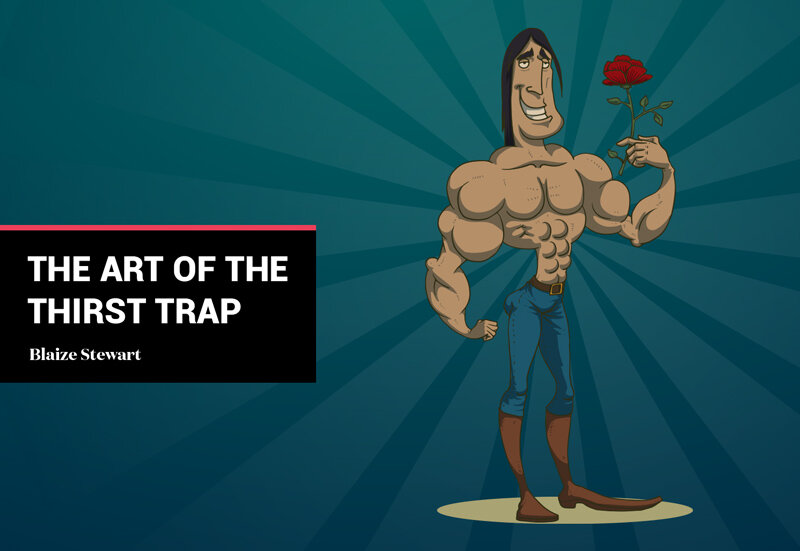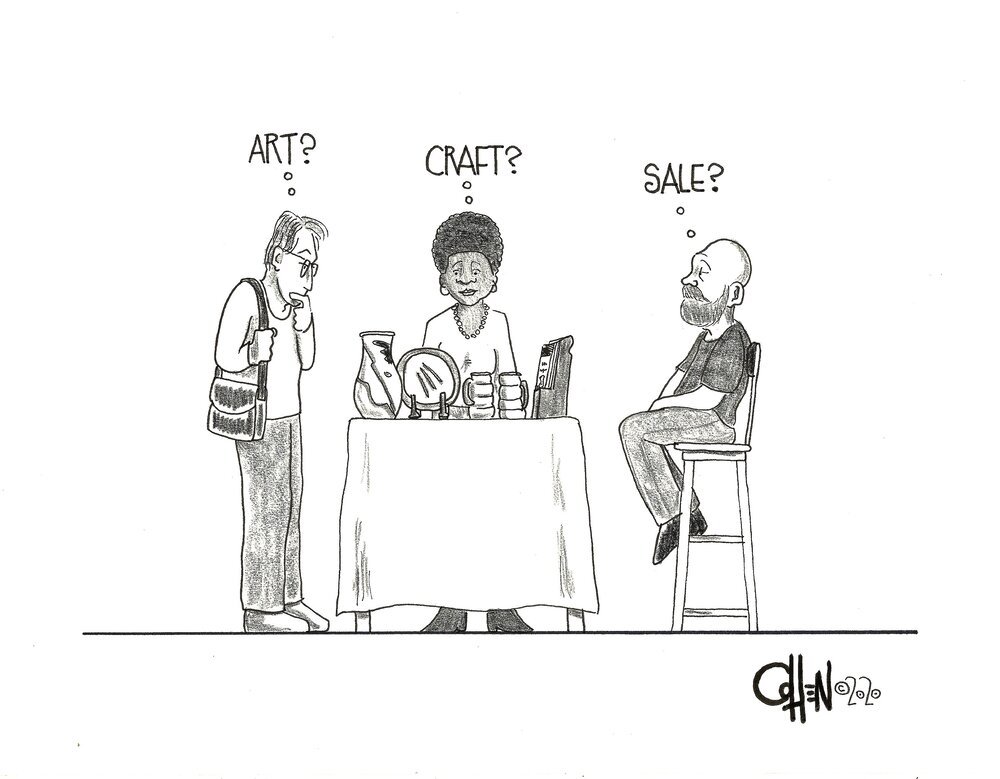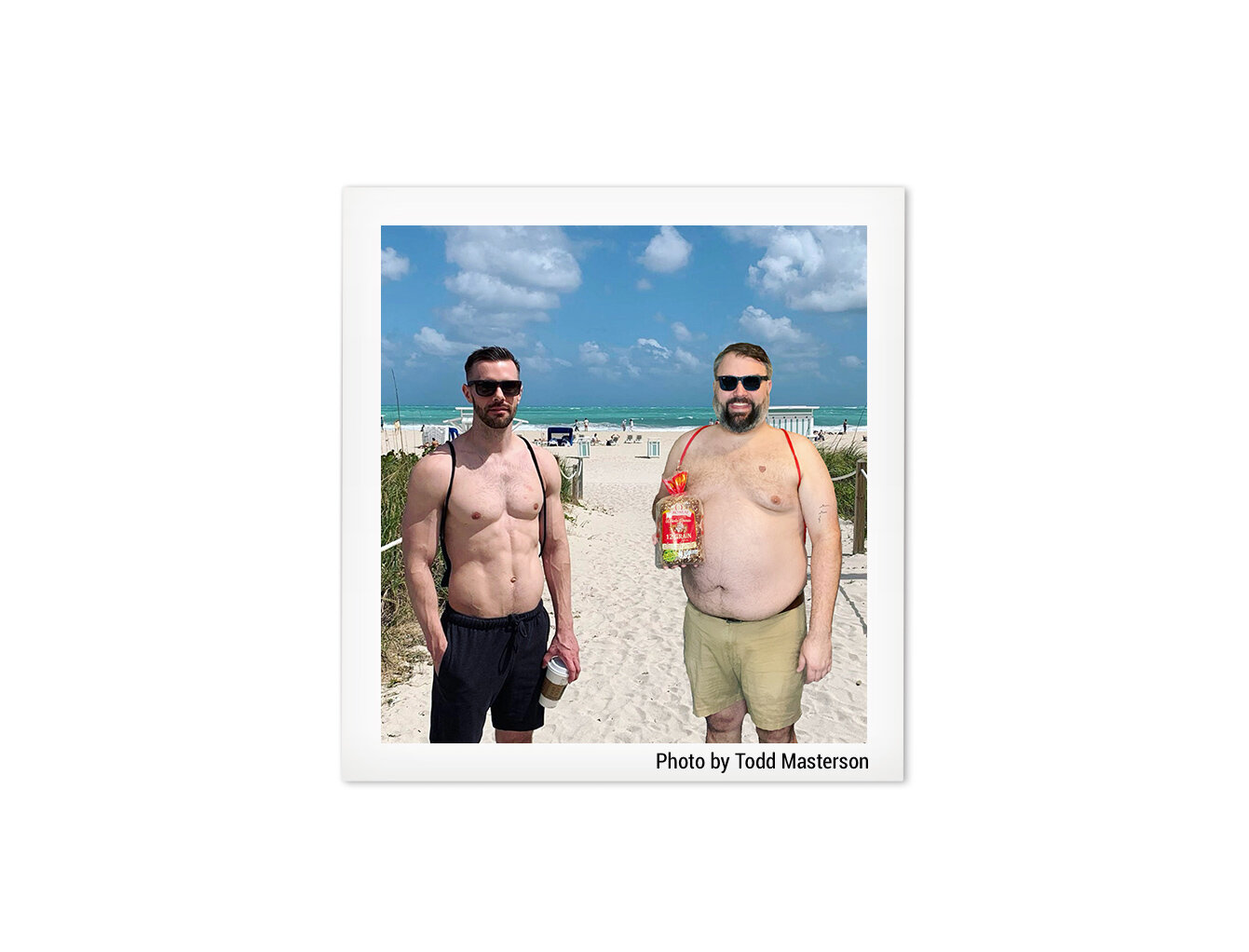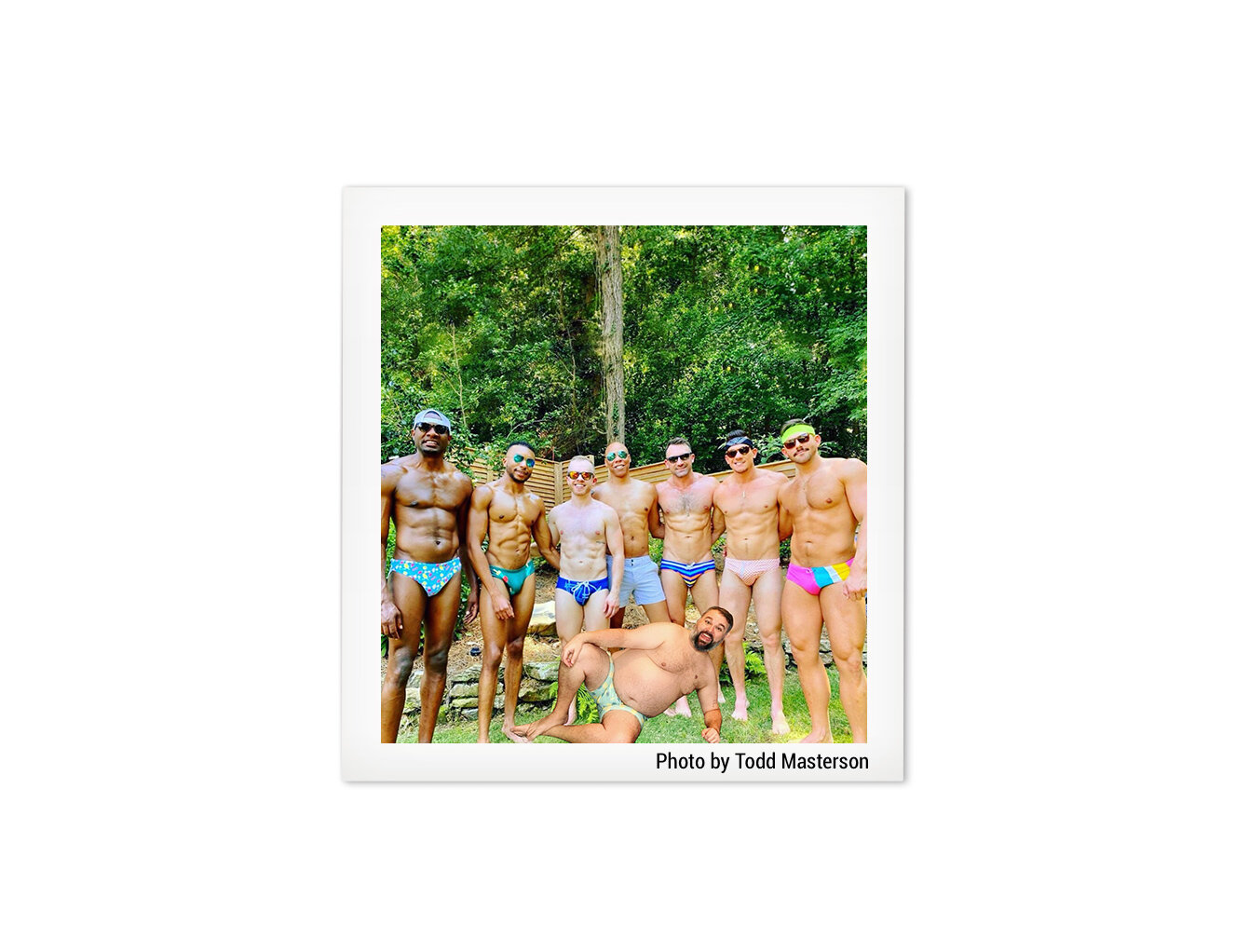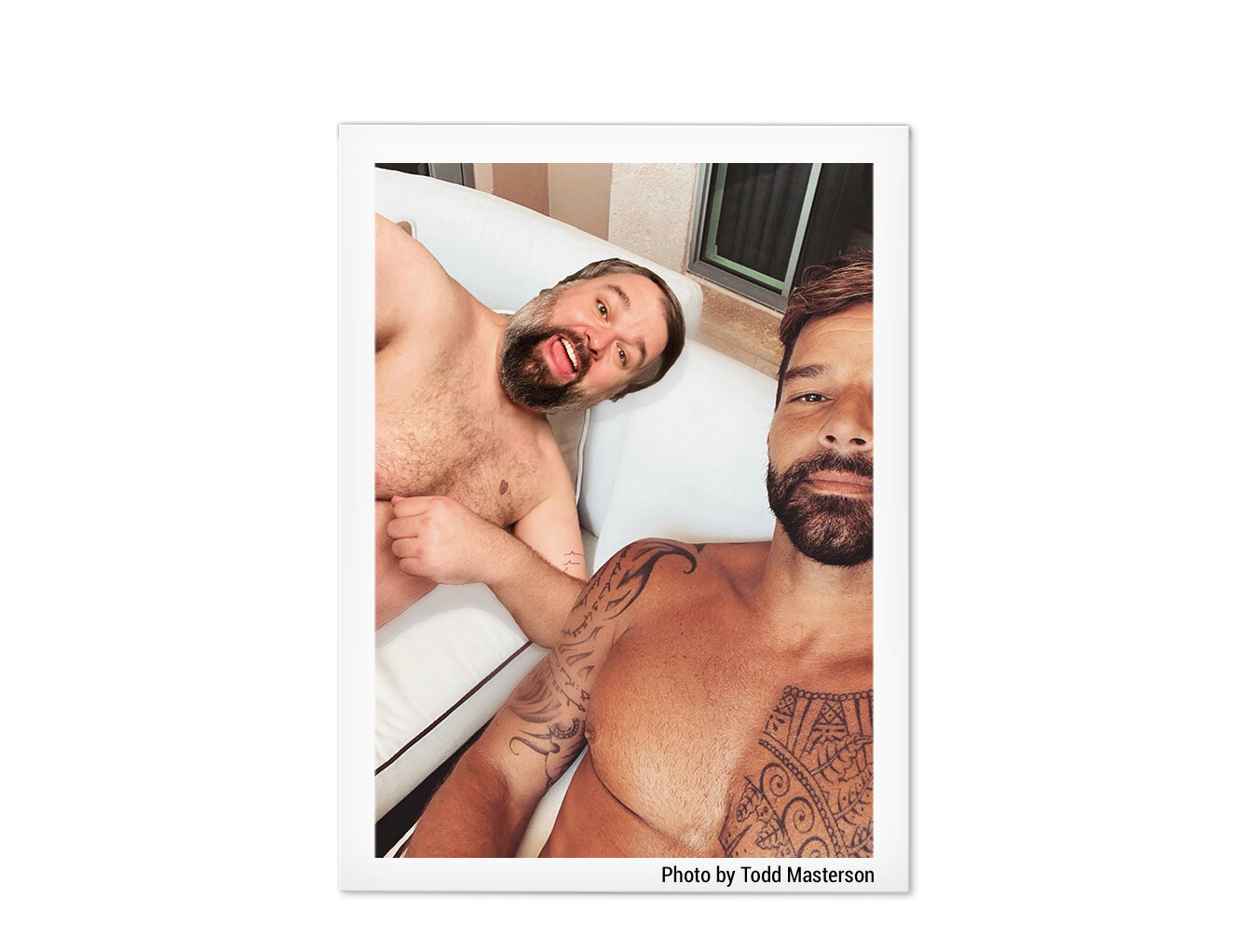The Art of the Thirst Trap
Ask any two people their definitions of art and you will likely receive two vastly different answers. The disparity reveals both the beautiful and frustrating truth about art: it is virtually impossible to develop a static definition everyone can agree on. In the era of social media, such inconsistencies are particularly apparent, augmented as they are by the rapid evolution and fusion of artistic styles and the explosion of new creators online. Consensus on this front, it seems, is destined to remain elusive.
Of these new types of online content, pictures known as “thirst traps” are among the most pervasive. Defined by dictionary.com as “a sexy photo posted on social media to attract attention,” the thirst trap’s status as “art” is up for debate. For some, the value of such images goes no further than this simple description. But I would argue that, tucked somewhere in those skimpy crevices, they are — or at least can be — potent vehicles for greater meaning, and worthy of the almighty “art” label. Let me explain.
First, we can’t overlook the most obvious aims of the lion's share of these photos, outlined in the definition. Though attention-getting and gratification are typically perceived in a negative light, they arguably also help promote confidence and comfort in one’s own skin. This sentiment is echoed by Illinois-based photographer Ross Haley, who says, “I believe and actively try to use my skills to make all of my clients feel sexy and [show them] in a positive light, where they are proud and want to show off.”
Due to the nature of these photographs, thirst traps have been particularly useful as a means of garnering attention to facilitate dates and hook-ups. Not surprisingly, this too has resulted in criticism from individuals who find such goals unworthy. But so what if a person is only posting images on social media to enable more sexual or romantic connections? These other, perhaps more practical ends do not diminish their values but rather layer them with meaning about society’s present-day circumstances.
To this end, thirst traps can also serve to communicate a message, the most apparent being one of body and sex positivity. But the medium is capable of more nuanced meaning as well. Take, for example, West Hollywood’s Todd Masterson. Through his Instagram account, Masterson cleverly plays with thirst trap criticisms about inclusivity by repurposing images to provide both humor and social commentary. As he explains, “I started [the account] to show people that fat bodies can exist in the same space as fit bodies. I started it as a joke, but it’s really blossomed into an entire movement and I love it.”
This type of evolution — starting with one goal in mind and ending up with something totally different — can surprisingly be a big part of the thirst trap journey. For London-based cloud engineer Petros, his Instagram account has grown into a more positive outlet since he began posting. “I’ll admit,” he said, “in the past, [posting thirst traps had] been to receive compliments. But now I’m much more confident and make fun of what I post on social media. I don’t take myself as seriously as I used to, and have learned to be more comfortable in my own skin.”
One thing Haley, Masterson, and Petros all agree on is that it’s difficult to determine whether or not a thirst trap qualifies as art. As Haley explains, “One of the biggest things I learned in art school, for myself, is that artistic value can really depend on the intent.” His sentiments are echoed by Masterson, who says, “If you’re an artist and post your pictures with a certain aesthetic in mind, then they’re definitely art.” Similarly, Petros notes that “artists have been using the naked body to express their artistic side for years, but I think social media has challenged some to try to distance their images from looking like thirst traps.”
I believe this lack of consensus is simply an inherent part of art. Yet we cannot dismiss thirst traps as lacking artistic value, because they clearly have an impact on emotions, individuals, and society. They highlight both positives and negatives of modern culture, inspire discussion about important cultural issues, and provide opportunities for self-reflection on the part of the viewer — how am I responding to this photo, and why?
Most traps leave little to the imagination, and little doubt as to their goals. But finding a new lens to consider them can engender a new, more dynamic appreciation for the human body — and the human condition — hot or not.
Published Sep 30, 2020
Updated Jan 25, 2024
Published in Issue VIII: Art

